Some fear that culture hasn’t been progressing as much as it used to. Compare the 1970s vs the 1980s, two decades with their own distinct identities, with the 2000s vs the 2010s, which appear to be a lot more similar. However, when it comes to the rapid pace of technology, a decade is an eternity. We’ve seen the rise of smartphones, tablets, and two whole generations of video game consoles since Justin Timberlake and Janet Jackson’s raunchy Super Bowl debacle.
So as 2014 wraps up, we’re looking back at 10 of the biggest tech trends from 2004 to see how far we’ve come.
1. The birth of Facebook

As shown in a certain acclaimed movie, in February 2004 Facebook was founded and began rolling out to lucky college students. As its popularity skyrocketed we wondered if some new challenger would eventually overthrow it the way it had overthrown Myspace. However, ten years later we’re still asking that question as the social media juggernaut becomes even more entrenched in our online identities.
2. The rise of Firefox
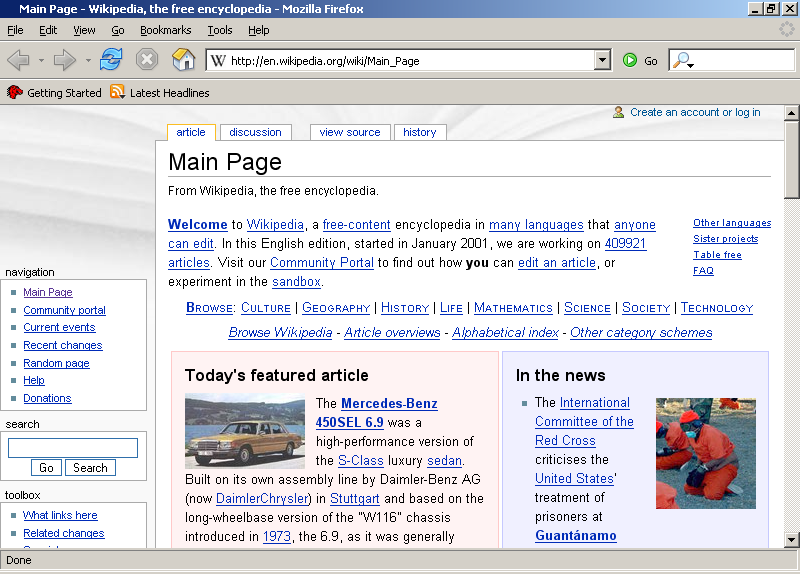
In 2004, rising from the ashes of Netscape, Mozilla’s Firefox finally started to give Microsoft’s ubiquitous Internet Explorer a real run for its money. Today, Firefox, along with Safari and Chrome, are the web browsers of choice for the tech savvy while IE is for people who just don’t know any better.
3. iPod Domination
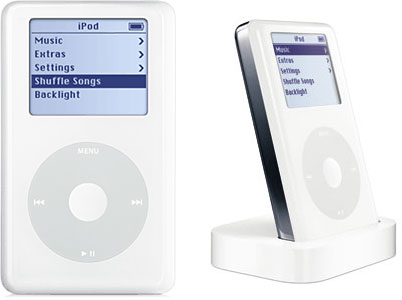
The now discontinued classic iPod was at the height of its power in 2004. iPod mini and iPod with video diversified the line and competitors were struggling to keep up. But perhaps more importantly, Apple’s revolutionary mp3 player and the iTunes service that fueled it were finally getting people to pay for music on the Internet.
4. Bluetooth: the future of wireless
We use Bluetooth to wirelessly connect tons of electronics today, but in 2004 the Bluetooth standard was the wave of the future. After small-scale experiments with the technology, companies were now ready to build it into their top of the line computers, accessories, and any other gadgets they could think of to effortlessly exchange nearby data. Over 250 million Bluetooth-enabled devices were out in people’s hands, ranging from computer mouses to medical equipment.
5. HDTV and DVR

In 2004 high-definition televisions were offering consumers unimaginably crisp images at unimaginably high prices. Ten years later they’ve finally become affordable enough that, after the 3D bubble, 4K has become the next high-end TV tech. Viewers at the time also had more control over what they watched on their TVs thanks to new digital video recorder (DVR) services picking up where TiVo had left off. This move away from appointment viewing led to today’s more flexible TV watching habits.
6. Skype wows the world
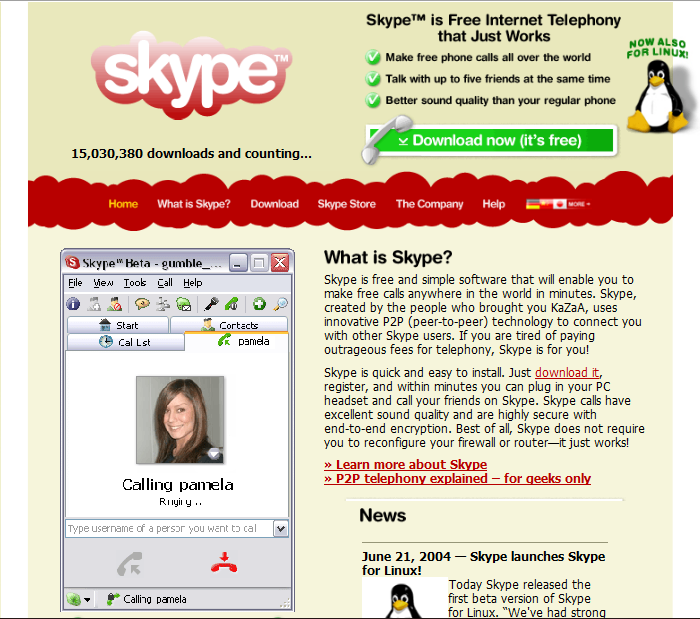
2004 was the year Skype started to establish itself as the new, 21st century form of telecommunication. While it was still somewhat tethered to old-school telephone rules, Skype and other Voice-over-Internet-Protocol, or VoIP, services were clearly the next step forward. Now Skype is on all of our devices casually offering us the voice and even video calling services that would have sounded like wonderful science-fiction not that long ago.
7. Satellite Radio redefines the platform

Radio, a hot tech trend in 1874, is one of the oldest forms of technology around. But in 2004 new satellite radio companies like Sirius XM were showing that there could still be more to the medium beyond FM and AM. Over a decade after launching their satellites into space, these premium services now offer shows for your morning commute no matter where that commute happens to be, all while keeping Howard Stern happily employed.
8. Cell Phone Innovations
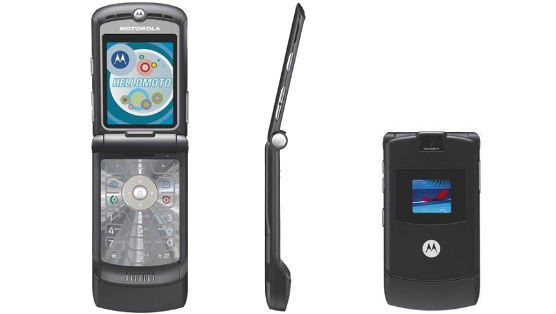
Although the iPhone, Android, and other proper smartphones were still a few years away, in 2004 cell phone manufacturers were still bragging about the revolutionary features they were bringing to their devices. One-megapixel cameras let you take grainy pictures, new networks like 1xEV-DO were getting faster all the time, and rudimentary media functions made phones good for more than just calling. More than that, cell phone were finally getting really thin and light. It was only a matter of time before they’d become the pocket computers we have now.
9. Blogging named word of the year
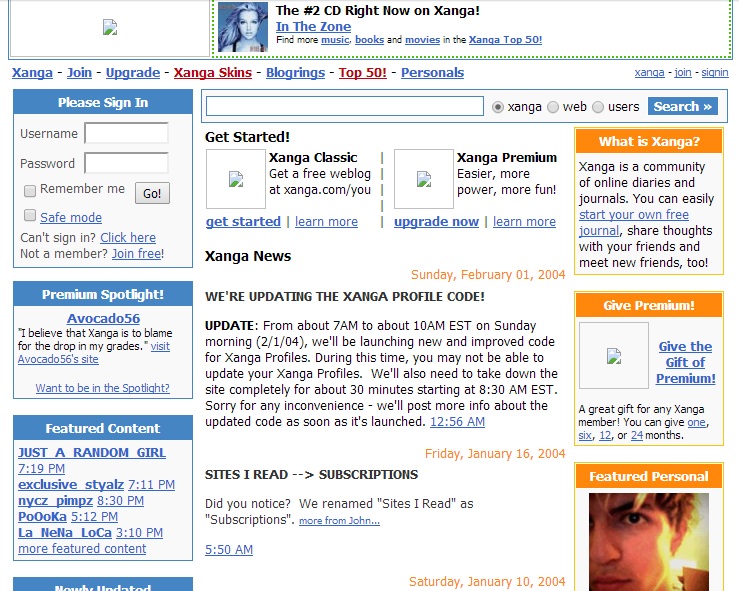
After everyone finally remembered that it was short for “web log,” Blog was crowned Merriam-Webster’s word of the year in 2004. The Blogosphere gave rise to new approaches to media, journalism, and websites in general. Through services like LiveJournal, Xanga, and Blogger We started archiving our lives online and basically never stopped. Basically, it was cool that we were all privately and publically recording ourselves, until government surveillance made it scary again.
10. Convergence: the big idea
This is a more abstract idea, but ultimately it sums up the vision of the future of technology in 2004. With smaller consumer electronics becoming more capable, and complex computers becoming more accessible, there was the belief that at some point the two industries would meet in the middle, or converge.
That sounds odd, but look at the 2014 tech landscape. Gadgets have tons of online, PC-like features and frequently interface with computers. Meanwhile, computer manufacturers pay far more attention to mobile, using what they’ve learned about computers and consumer electronics alike to tear down the arbitrary walls between them and create “Post-PC Devices” with the best of both worlds. With the ability to make products more powerful than most would ever even need, technology is looking in new, co-mingling directions to revolutionize itself for at least one more decade.